Facebook have announced it will be taking steps to limit the number of low-quality ads on their platforms by disapproving more of them and reducing the distribution of the ones that are approved. Which got me thinking, what are the key ingredients to creating high-quality content on Facebook?
Before we dive in let’s go through a little background and talk about what ‘low-quality’ actually means. In Facebook’s own words low-quality ads “include clickbait or direct people to unexpected content, create bad experiences for people and don’t align with our goal of creating meaningful connections between people and businesses.”
Facebook break it down in more detail in their own blog post, but it’s basically the trashy content shown in the images below, the kind which either directly asks for engagement or where, when clicked on, presents you with a gazillion irrelevant pop-up ads which you have to get rid of before you can get to the inevitably underwhelming content hidden underneath.


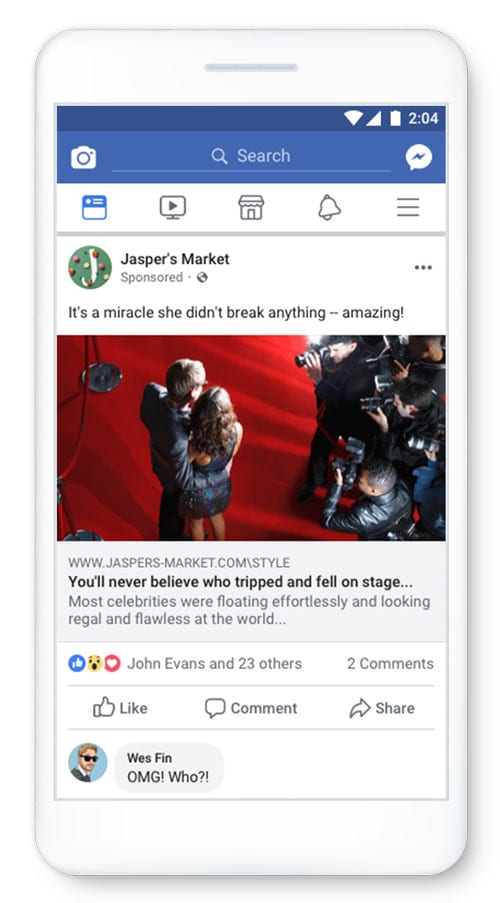
Working in communications, Facebook does a lot of stuff which makes me bang my head against my keyboard, but this one I think is spot on. At DTW, we’re not in the business of begging for likes, and we’re certainly not out to deceive our audience into clicking on our content. And from my own perspective as a consumer, it’s great news – these types of posts are annoying, pointless and not what I’m on Facebook to see.
So, as communicators, how should we be engaging with our audience on Facebook in a way that resonates with them whilst still benefiting our brand? And not just in ads, but in organic content too. Obviously, every organisation is different, but I’ve whittled it down to these three basic key ingredients:
Know why you’re posting in the first place
Every single thing you post on social media should have an aim, because what’s the point in posting just for the sake of it? What story do you want to tell your audience, what impact do you want to make, and what do you want to result from the post? It’s easy to get into a repetitive cycle of posting things because ‘it works’ without really knowing why. But it’s important to take a step back, take a look at things strategically and ask yourself those questions, because you can’t create meaningful content if you don’t know the meaning of it in the first place.
Create content your audience can connect with
The joy of marketing on Facebook is that it’s easy to get into the mindset of a consumer, because you probably have a Facebook account and are one yourself. Think about how you and your friends or family use the platform. What do you click on? What do you like? What engages you so much you leave a comment or share on your own profile? Now think about how you can apply that to your own organisation. Aim to educate, entertain or evoke an emotional reaction. To get the most out of Facebook’s algorithm you want to create content that starts a conversation rather than posts which are consumed in passing and then quickly forgotten about.
Be transparent
Hopefully, you aren’t alarmed by Facebook’s latest announcement, and if you are then maybe we should have a chat about your social media strategy. But it does highlight the need to be completely open and honest with your audience about what you’re asking them to click on. Do you want them to find out about your latest initiative? Tell them! Are you asking them to sign up to a service? Make it clear. Either way, be upfront, and don’t get too caught up in having incredible engagement rates across the board. If your post is about a niche topic, expect engagement to be lower, but know that the engagement you do get is probably better quality than if you’d tricked your audience into clicking on it.
So, I think that covers off some of the basics. Of course, there’s more I could chew your ear off about, but we’re all busy people and we’d be here all day. If you made it this far, let me give you a virtual high five and a bonus tip – always, always, always include images (or preferably video) in your Facebook posts, the algorithm loves it and your posts will get noticed by your audience. I’ve already waxed lyrical about getting your social media image sizes right, maybe my next blog will be about getting the creative content right too.
Thanks for reading! – Hannah




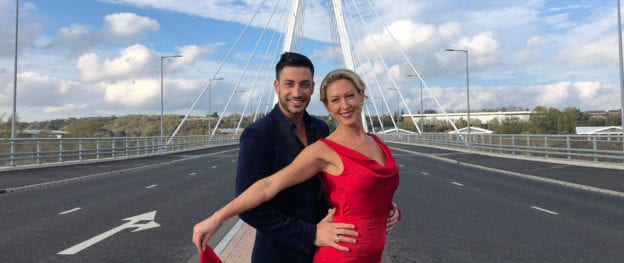







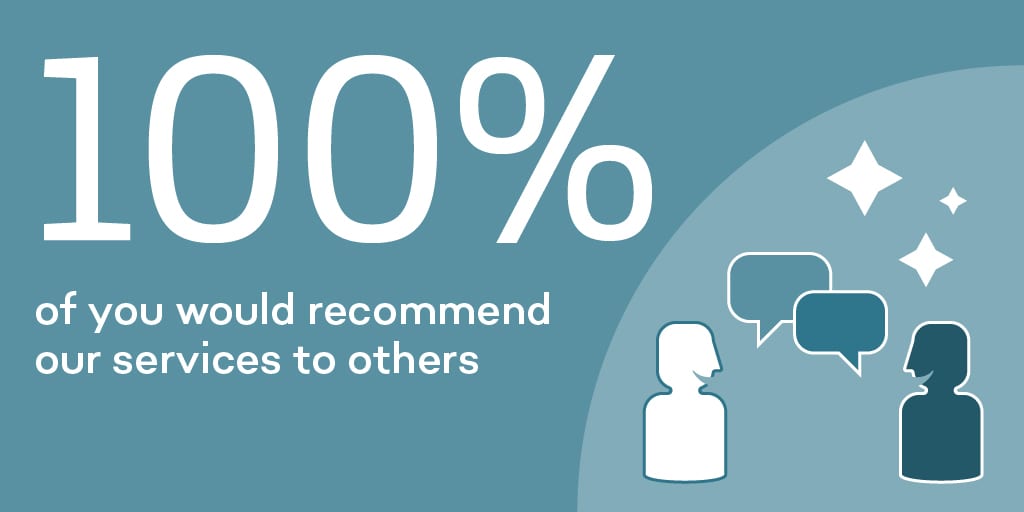
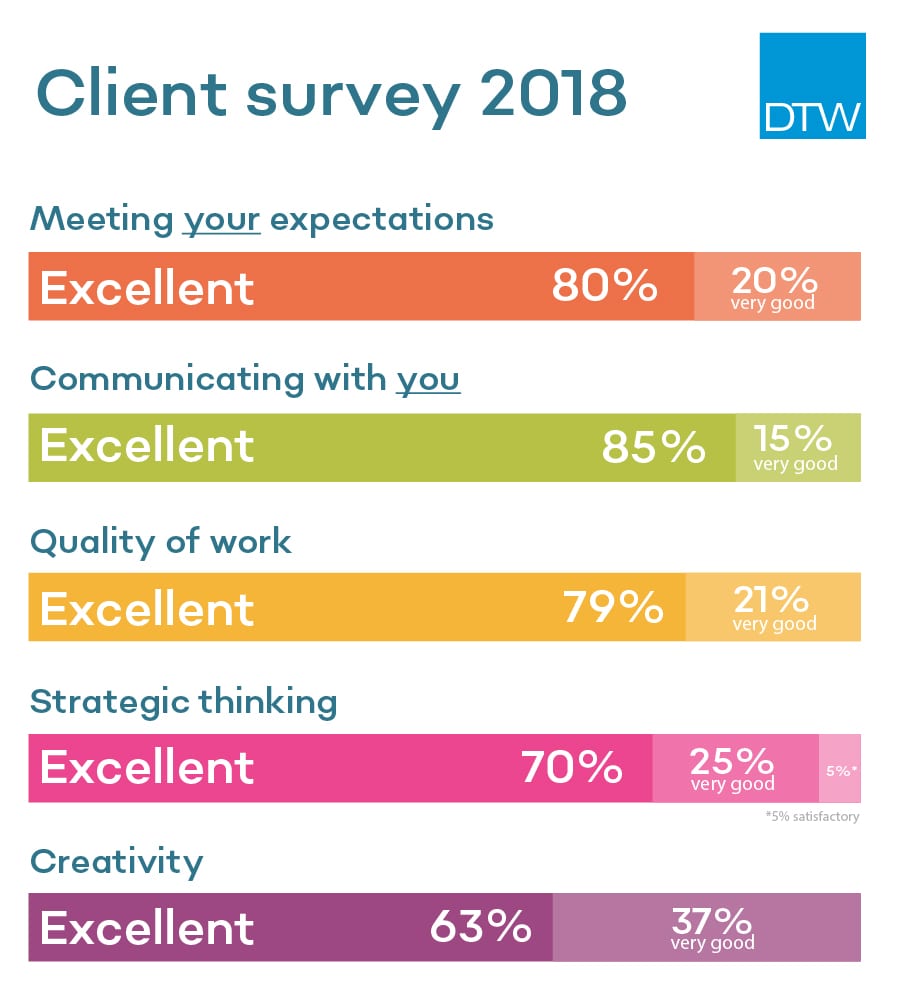




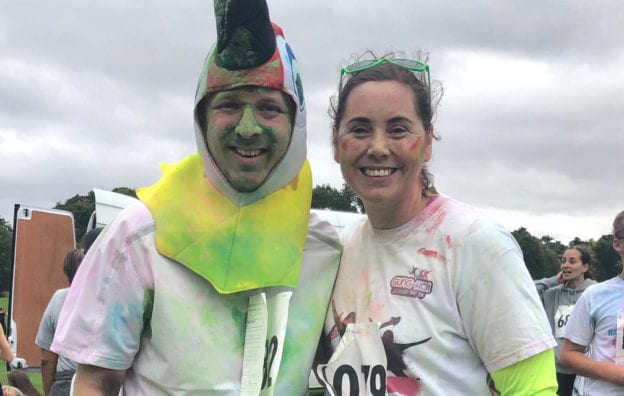
 Chris and Lorna decided to take a colourful approach to fund-raising this weekend.
Chris and Lorna decided to take a colourful approach to fund-raising this weekend.